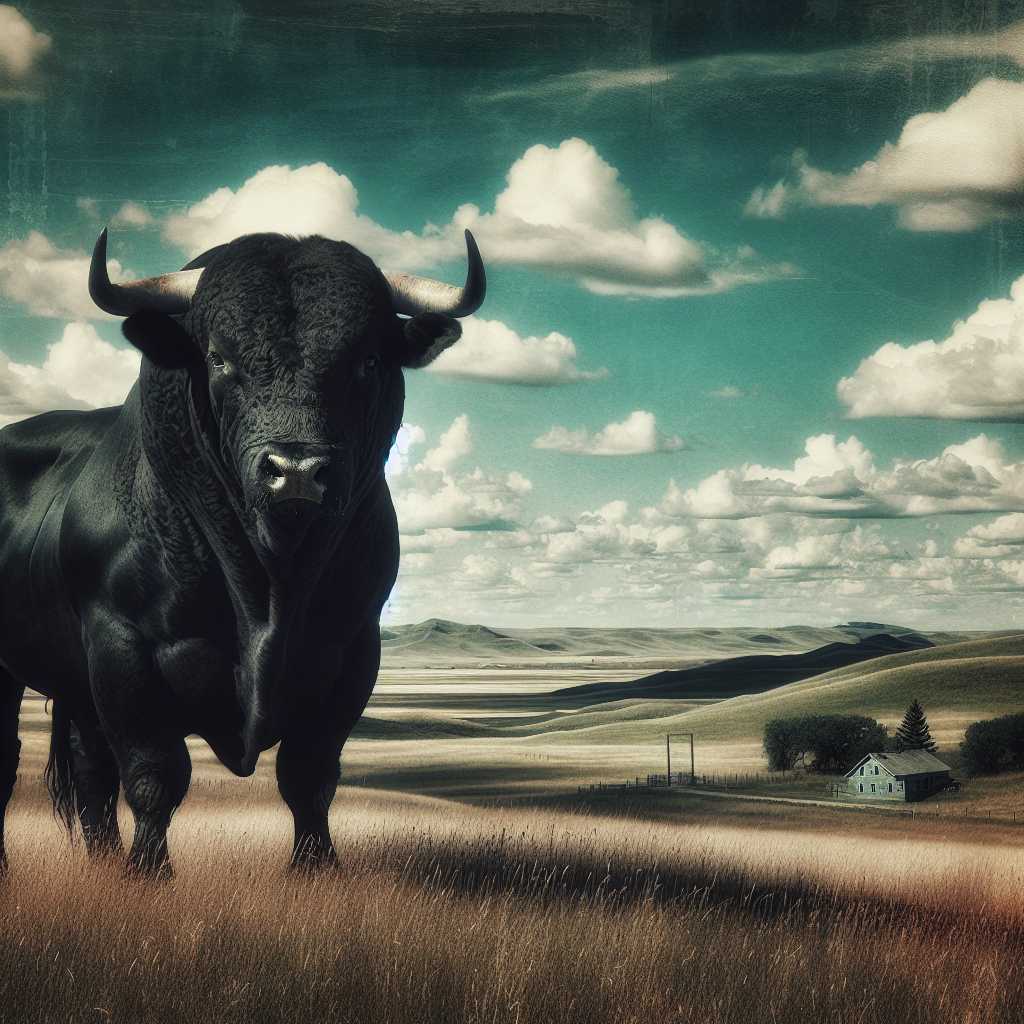Understanding the World of Bulls: Nature, Significance, and Human Interaction
Bulls have long been symbols of strength and virility across various cultures around the world. Their roles are diverse, from participating in agricultural practices to being central figures in cultural ceremonies and forms of entertainment. This extensive examination delves into the biological nature of bulls, their significance in different human contexts, the economies connected to them, and ethical considerations arising from our interactions with these powerful animals.
The Biological Basics of Bulls
Bulls are the male counterparts of the female bovine species, generally referred to as cows. They differ significantly from cows in both physical attributes and behavioral tendencies. Bulls are typically larger, possess a more muscular build, and exhibit more aggression due to their high levels of testosterone. This serves a natural purpose within bovine social hierarchies where the most dominant bull often leads the herd and is granted breeding rights.
Physiologically, bulls are ruminants possessing a complex digestive system that allows them to break down fibrous plant material in their multi-chambered stomachs. Additionally, they possess hooves adapted to grazing environments and several body characteristics like a hump and long curved horns, distinct depending on the breed.
Cultural and Historical Role of Bulls
In many ancient traditions, bulls have stood as potent symbols and were woven into the mythologies of societies around the globe. From the powerful bull gods of ancient Egypt to the ritualistic use of bulls in Mesopotamia and Minoan Crete, these animals have had deep religious and symbolic significance.
In various parts of the world like Spain, Mexico, and South Asia, bulls still play a prominent role in cultural festivals and religious processes. For instance, bullfighting is regarded both as a cultural spectacle and a subject of debate due to concerns over animal welfare.
The Use of Bulls in Agriculture
Historically, bulls were indispensable assets to agriculture. They were employed for labor-intensive tasks such as plowing fields and as draught animals pulling carts and other heavy loads. With advancements in modern farming technology such machines have predominantly replaced the need for bulls’ manpower.
However, bulls continue to maintain a paramount role in breeding. In particular, breeding highly desirable traits into cattle herds is integral for both meat production and dairy operations – through natural service or increasingly by artificial insemination (AI).
Bull-Related Industries and Economics
Bulls contribute significantly to various industries; from their role in meat production agriculture betting on bullfighting: financial outcomes can hinge upon these animals’ physical attributes performance upon their physical conditions or performance. Breeding elite specimens can become niche markets, with some individuals commanding extremely high prices.
The beef industry particularly relies heavily upon optimal bull genetics impactful when determining meat quality quantity. Likewise leather industry partakes processed from hides; everything luxury items to practical work gear on this organic material.
Ethics Bulls Human Use
With bull-related practices such as bullfighting rodeo events growing animal rights activism advocating ethical treatment animals question arises it justifiable continue involving activities pose potential harm Illicit practices associated commercial industries sometimes overshadow legitimate concerns animal grenade public arenas inspect rescue operations occur mitigate situations exemplify concerns arise human-animal interactions species regards including managing populations altering genetics ‘sport.’
Notes
In summary the complex socio-biological roles bulls navigated history often intertwined human tradition economy discussion present considerations time-honored relations reflect continue evolve alongside attitudes ethical concerns creature against facilitating continues captivate human interest offers significant insight interaction natural world hold symbolic influence collective consciousness heroes day age permits astute understanding encompassing such dynamic member animal kingdom.
Image description: A powerful black bull stands majestically in an open pasture with a fierce gaze indicative of its strength and dominance, while distant hills faintly line the house under a bright blue sky dotted with sparse clouds.
